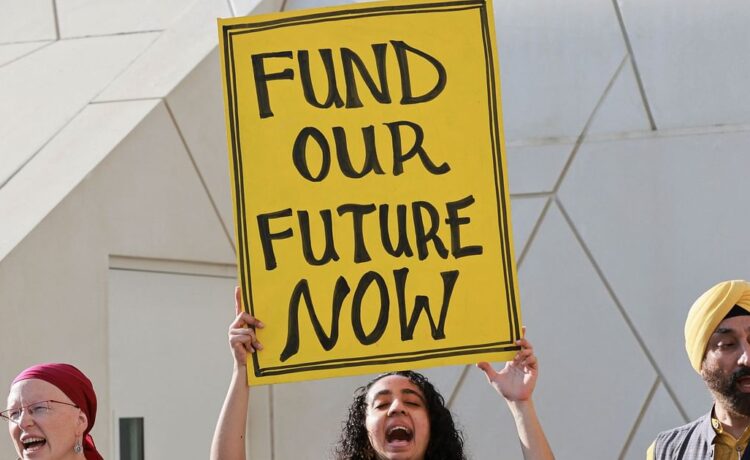Oil exporters, to be sure, are starting off on the back foot. Rich democracies in the Organization for Economic Cooperation and Development remain the biggest providers of foreign direct investment, by far. Sweden, with $62 billion of outflows in 2022, sends more capital abroad than Saudi Arabia and the UAE’s combined $44 billion. The US, on $373 billion, Japan’s $161 billion, and China with $147 billion dwarf them all.
Those last two may be as important over the coming decades as the oil exporters. China’s formidable renewables sector and engineering expertise have turned it into a major player in overseas power investment over the past decade.
Some $200 billion has been spent on about 128 gigawatts of generators under the aegis of the Belt and Road Initiative — a signature foreign-investment project for President Xi Jinping — energy analysts Wood Mackenzie wrote in November. The majority of that funding has traditionally gone on coal and gas, but with Xi promising to end finance for new coal power overseas, renewables now make up nearly 50% of the total, according to the report. Barriers to Chinese renewable equipment in countries such as India, Indonesia and the US may push down prices in economies more open to imports, providing an export market for Beijing to counteract a slowing domestic economy. Even the nations of the Gulf itself have partnered with Chinese businesses to build renewable projects, both at home and in third countries.

